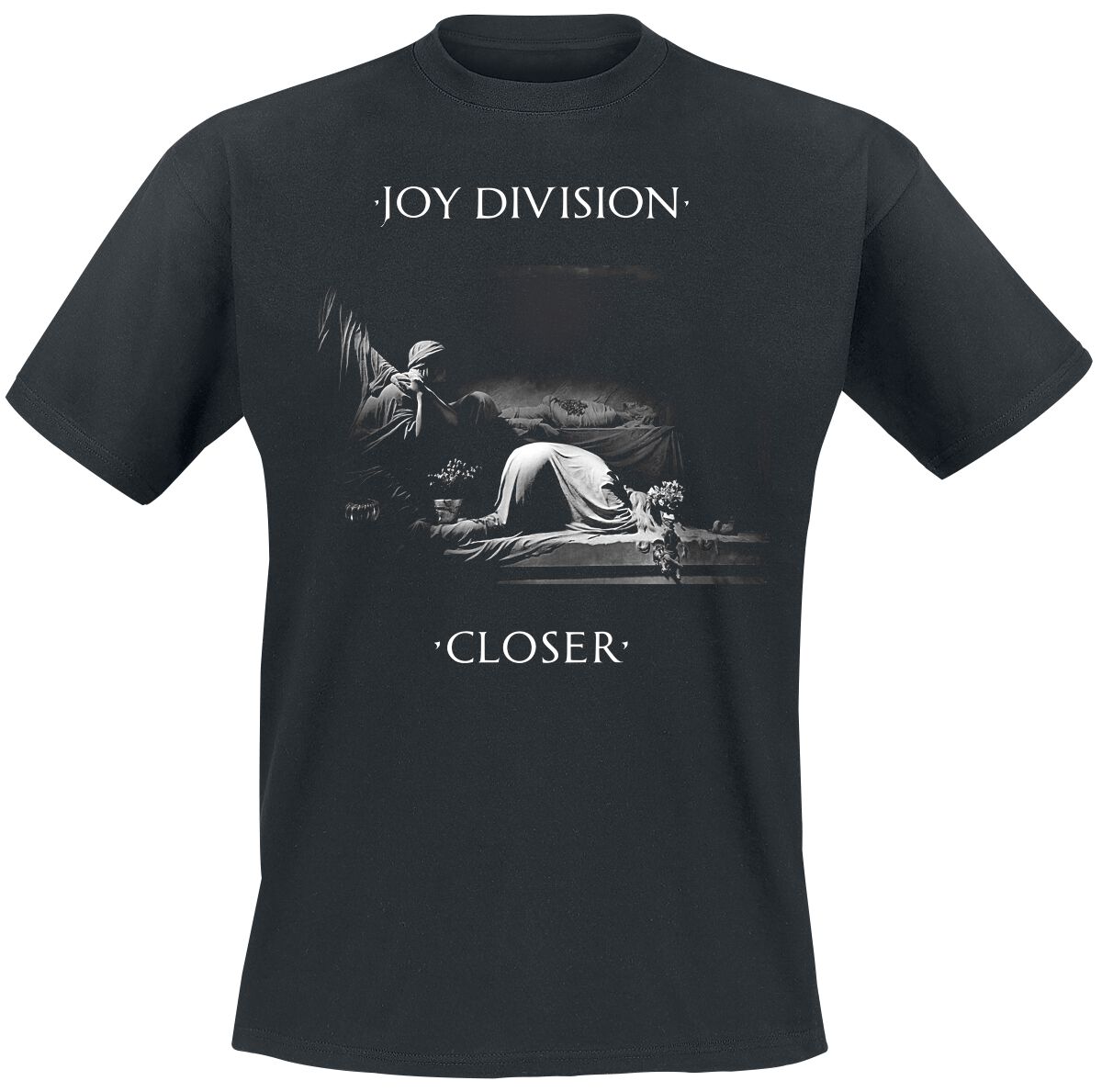Delve into the stark, compelling, and ultimately tragic history of Joy Division, the iconic English post-punk band whose brief yet profoundly influential existence left an indelible mark on music history. Formed in Salford, England, in 1976, the band’s minimalist sound, atmospheric intensity, and the haunting presence of frontman Ian Curtis created a legacy that continues to resonate with music fans worldwide.
The band’s genesis began when childhood friends Bernard Sumner (guitar, later keyboards) and Peter Hook (bass) were inspired to form a band after attending a Sex Pistols concert in Manchester in June 1976. They soon recruited Ian Curtis (vocals) and went through a series of drummers before Stephen Morris solidified the lineup in 1977. Initially performing as “Warsaw” (a reference to David Bowie’s “Warszawa”), they changed their name to Joy Division in early 1978, a controversial choice derived from the sexual slavery wing of a Nazi concentration camp mentioned in the novel House of Dolls.
Joy Division quickly moved beyond their initial punk influences, developing a distinctive, sparse sound characterised by Peter Hook’s melodic, high-register bass lines, Bernard Sumner’s often abrasive yet atmospheric guitar work, Stephen Morris’s precise, rhythmic drumming, and Ian Curtis’s deep, melancholic baritone vocals. This unique sonic landscape, heavily shaped by producer Martin Hannett’s innovative and often unorthodox recording techniques (such as recording individual drum parts to avoid bleed-through and using extensive reverb), set them apart and became a blueprint for the emerging post-punk genre.
Despite their growing recognition and the raw power of their live performances, Ian Curtis struggled intensely with personal demons, including a failing marriage, severe depression, and increasingly debilitating epilepsy. His health issues often impacted their live shows, with seizures sometimes occurring on stage. These struggles deeply informed his profoundly introspective and often bleak lyrics, which explored themes of isolation, despair, and control.
-

Joy Division Amplified Collection – Unknown Pleasures Hooded sweater black
€45.99Add to basketBUY NOWWhen you click the BUY NOW button you will be taken to our partner website to choose options and complete your purchase.
Official merchandise – Joy Division Amplified Collection – Unknown Pleasures Hooded sweater for Men available in sizes XXL. -

Joy Division Amplified Collection – Unknown Pleasures Neon Green T-Shirt black
€21.99Add to basketBUY NOWWhen you click the BUY NOW button you will be taken to our partner website to choose options and complete your purchase.
Official merchandise – Joy Division Amplified Collection – Unknown Pleasures Neon Green T-Shirt for Men available in sizes XS, S, M, L, XL, XXL. -

Joy Division Amplified Collection – Unknown Pleasures Neon Pink T-Shirt charcoal
€27.99Add to basketBUY NOWWhen you click the BUY NOW button you will be taken to our partner website to choose options and complete your purchase.
Official merchandise – Joy Division Amplified Collection – Unknown Pleasures Neon Pink T-Shirt for Men available in sizes XS, S, M, L, XL, XXL. -

Joy Division Amplified Collection – Unknown Pleasures T-Shirt charcoal
€27.99Add to basketBUY NOWWhen you click the BUY NOW button you will be taken to our partner website to choose options and complete your purchase.
Official merchandise – Joy Division Amplified Collection – Unknown Pleasures T-Shirt for Men available in sizes S, M, XL, XXL, 3XL. -

Joy Division Classic Closer T-Shirt black
€16.99Add to basketBUY NOWWhen you click the BUY NOW button you will be taken to our partner website to choose options and complete your purchase.
Official merchandise – Joy Division Classic Closer T-Shirt for Men available in sizes S, M, L, XL, XXL. -

Joy Division Unknown pleasures T-Shirt black
€14.99Add to basketBUY NOWWhen you click the BUY NOW button you will be taken to our partner website to choose options and complete your purchase.
Official merchandise – Joy Division Unknown pleasures T-Shirt for Men available in sizes S, M, L, XL, XXL. -

Joy Division Unknown pleasures Tanktop charcoal
€24.99Add to basketBUY NOWWhen you click the BUY NOW button you will be taken to our partner website to choose options and complete your purchase.
Official merchandise – Joy Division Unknown pleasures Tanktop for Men available in sizes XL, XXL.
Joy Division’s most iconic song, “Love Will Tear Us Apart,” released as a non-album single in April 1980, became their highest-charting hit, reaching number 13 in the UK. This song, a poignant reflection on his marital troubles, became a timeless anthem. Tragically, on May 18, 1980, on the eve of the band’s first North American tour, Ian Curtis took his own life at the age of 23. Two months after Curtis’s death, Joy Division’s second and final studio album, “Closer,” was released. It is widely considered a masterpiece, an even darker and more intense exploration of the themes hinted at in “Unknown Pleasures,” and serves as a powerful, albeit sombre, epitaph.
Following Curtis’s death, the remaining members – Bernard Sumner, Peter Hook, and Stephen Morris fulfilled a pre-arranged pact to disband Joy Division and reform under a new name. They soon emerged as New Order, initially continuing to explore electronic textures and eventually evolving into one of the most influential synth-pop and dance-rock bands of the 1980s, achieving massive international success. This evolution of the surviving members into New Order is a testament to their resilience and continued musical innovation.
Joy Division’s legacy is immense, particularly given their short existence. They are consistently cited as one of the most important and influential bands in alternative music, inspiring countless artists across genres, from U2 and The Cure to Interpol and Nine Inch Nails. Their raw emotional honesty, pioneering sound, and the tragic narrative surrounding Ian Curtis continue to captivate new generations of music enthusiasts and ensure their place as true legends of British music history.
